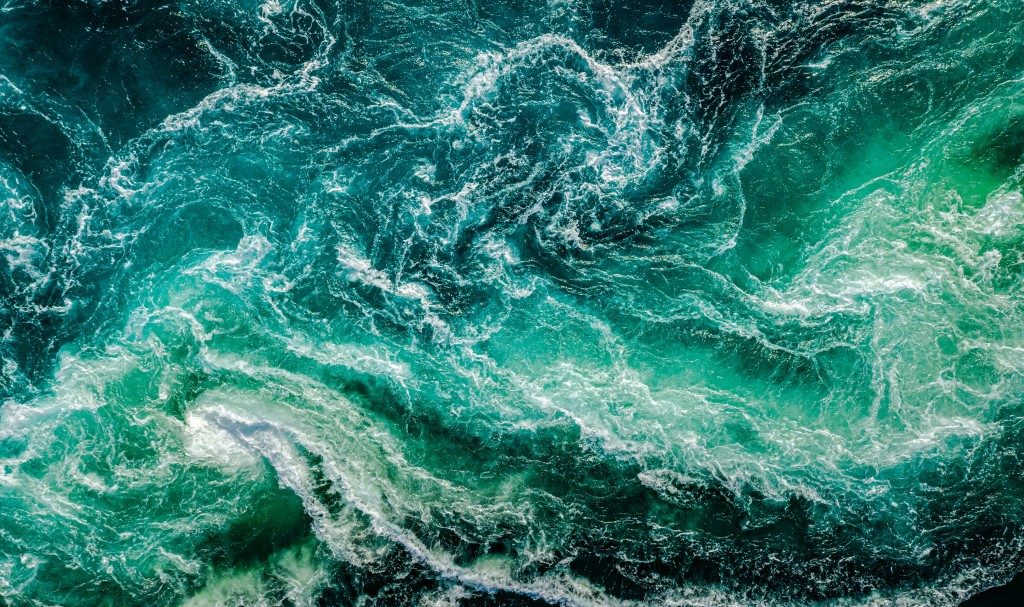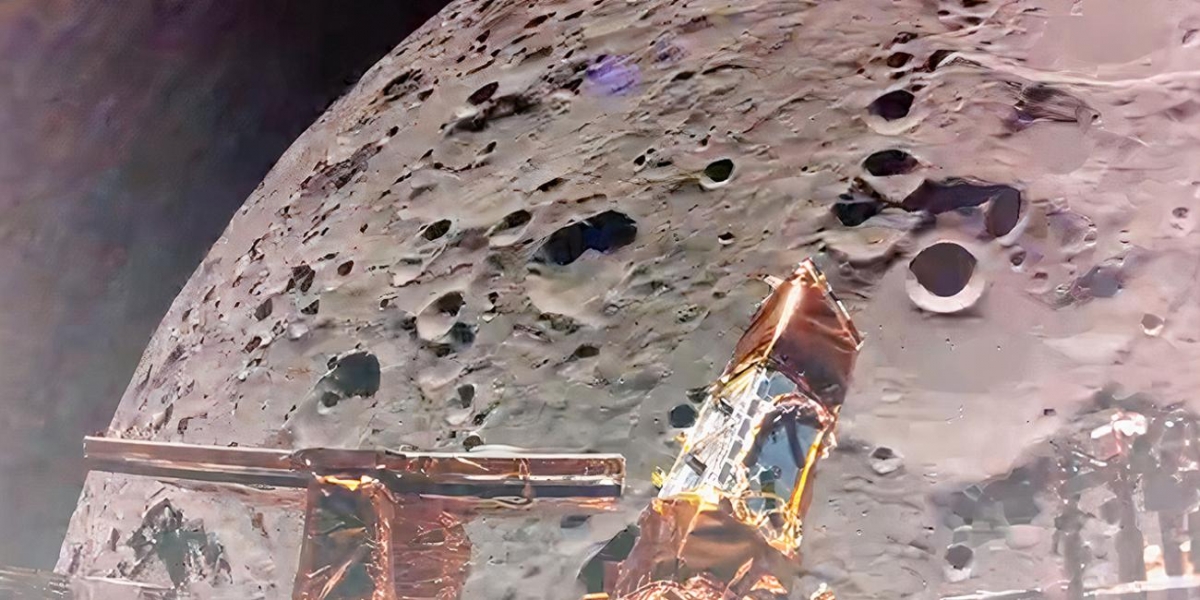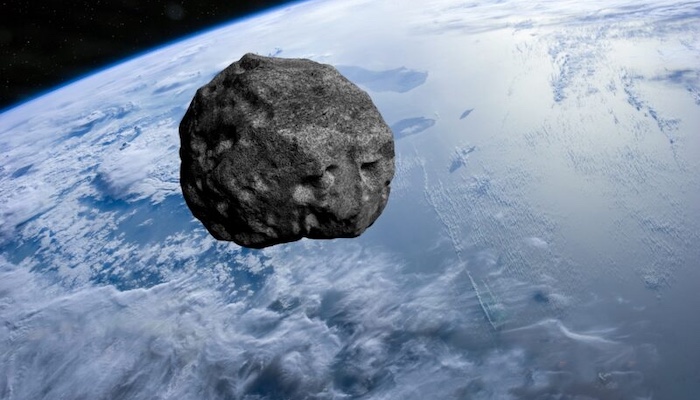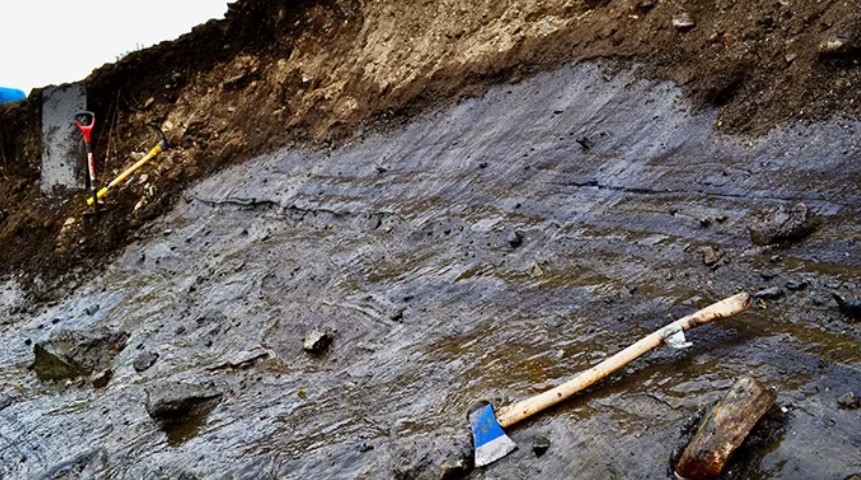Discover the Secrets of Earth's Green Oceans

Ancient Earth Had Green Oceans
Researchers discovered proof that cyanobacteria, also known as blue-green algae, which are crucial microbes in the evolutionary process, thrived in green waters.
According to AsianScientist (April 9, 2025), Astronomer Carl Sagan famously referred to Earth as a “pale blue dot” after the Voyager 1 probe took a picture of the planet from six billion kilometers away. That shade of blue was caused by sunlight bouncing off the oceans and scattering. However, Japanese researchers have discovered evidence that suggests the waters on Earth were formerly green rather than blue.
Evidence has been discovered by a team headed by Taro Matsuo from Nagoya University in Japan that cyanobacteria, also known as blue-green algae, which are crucial microbes in the evolutionary process, thrived in green waters.
According to AsianScientist (April 9, 2025), Astronomer Carl Sagan famously referred to Earth as a “pale blue dot” after the Voyager 1 probe took a picture of the planet from six billion kilometers away. That shade of blue was caused by sunlight bouncing off the oceans and scattering. However, Japanese researchers have discovered evidence that suggests the waters on Earth were formerly green rather than blue.
Evidence has been discovered by a team headed by Taro Matsuo from Nagoya University in Japan that cyanobacteria, also known as blue-green algae, which are crucial microbes in the evolutionary process, thrived in green waters.
Did you know? You can comment on this post! Just scroll down
“When I first had the idea that the oceans used to be green, back in 2021, I was more skeptical than anything else,” Matsuo said. “But now, after years of research, as geological and biological insights gradually came together like pieces of a puzzle, my skepticism has turned into conviction.”
“For me personally, a major turning point was our field survey on Iwo Island in the Satsunan archipelago in 2023,” Matsuo added. “From the boat, we could see that the surrounding waters had a distinct green shimmer due to iron hydroxides, exactly like how I imagined the Earth used to look.” This new discovery, published in Nature Ecology & Evolution, suggests how different the world was 2.4 billion years ago during a period called the Great Oxidation Event.
This event was triggered when cyanobacteria started using sunlight to make their own food — a process known as oxygenic photosynthesis. While doing this, they also released oxygen as a byproduct. Over millions of years, this oxygen built up in Earth’s atmosphere and made it possible for new types of life — like animals and humans who need oxygen to breathe — to eventually evolve.
In the modern world, most oxidation is performed by plants, using chlorophylls. However, the ancient cyanobacteria also used additional pigments called phycobilins, which were an integral part of their light-harvesting antennas. The researchers became interested in the question of why cyanobacteria required phycobilins in addition to chlorophylls.
Using advanced simulations, they found that the underwater light spectrum during the Archaean era, 4 to 2.5 billion years ago, changed to green due to iron precipitation. At the time, the Earth’s oceans contained high levels of ferrous iron, which was released by hydrothermal vent systems. Later, during the Great Oxidation Event, when oxygen started building up in the atmosphere, this oxygen reacted with the ferrous iron and turned it into ferric iron. Ferric iron doesn’t dissolve well in water, so it settles out as tiny, rust-like particles. These particles affected how light traveled through the ocean — absorbing most of the blue and red light and letting green light pass through. As a result, the oceans looked green underwater during that time.
“Genetic analysis revealed that cyanobacteria had a specialized phycobilin protein called phycoerythrin that efficiently absorbed green light,” Matsuo said. “We believe that this adaptation allowed them to thrive in the iron-rich, green oceans.”
Additionally, Matsuo thinks his work could aid in the hunt for extraterrestrial life. Because water scatters blue light and absorbs red light, the ocean appears blue on Earth. However, iron precipitation may have effectively reflected green light in the Archean era's green oceans. Thus, searching for green waters may indicate the presence of primordial life on far-off worlds.
The prospect of green oceans enhancing the hunt for extraterrestrial life excites Matsuo.
This study demonstrates the ongoing effect and evolution of photosynthetic life and the Earth's environment over time.
The prospect of green oceans enhancing the hunt for extraterrestrial life excites Matsuo.
This study demonstrates the ongoing effect and evolution of photosynthetic life and the Earth's environment over time.
Source: Nagoya University ; Image:
The article can be found at Archaean green-light environments drove the evolution of cyanobacteria’s light-harvesting system
Disclaimer: This article does not necessarily reflect the views of AsianScientist or its staff.
Article Posted 1 Month ago. You can post your own articles and it will be published for free.
No Registration is required! But we review before publishing! Click here to get started
One Favour Please! Subscribe To Our YouTube Channel!
468k
Cook Amazing Nigerian Dishes, Follow Adorable Kitchen YouTube Channel!
1.1m
Like us on Facebook, Follow on Twitter
React and Comment
Click Here To Hide More Posts Like This
Watch and Download Free Mobile Movies, Read entertainment news and reports, Download music and Upload your own For FREE.
Submit Your Content to be published for you FREE! We thrive on user-submitted content!
But we moderate!

















